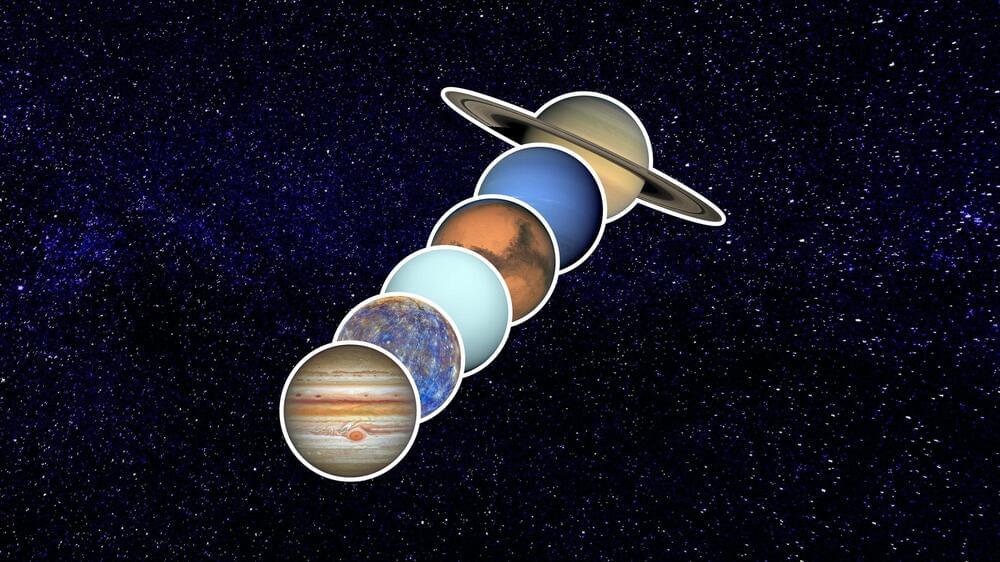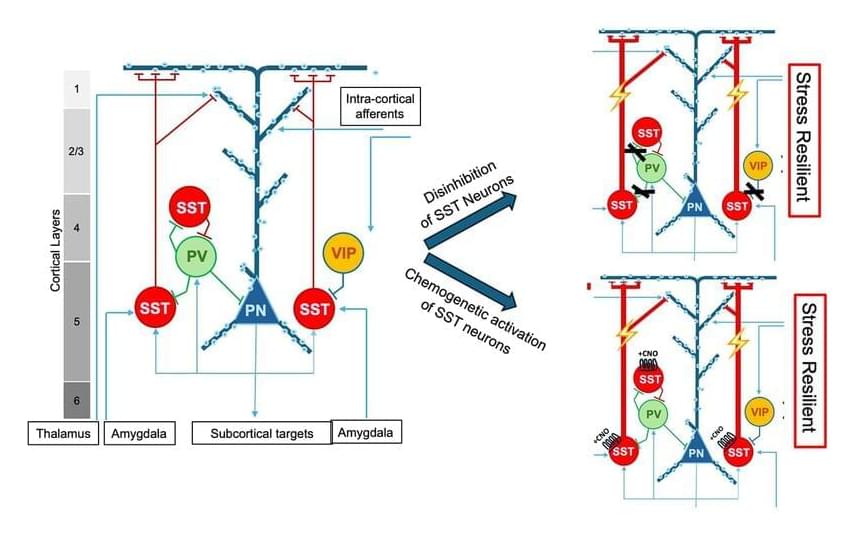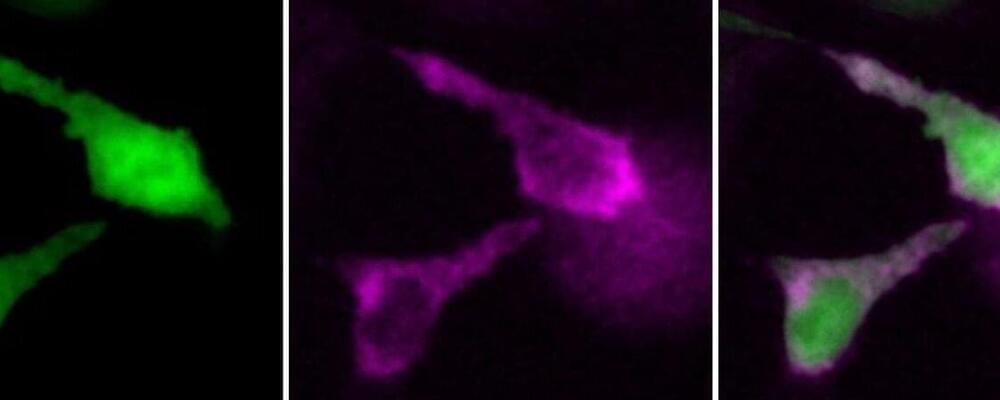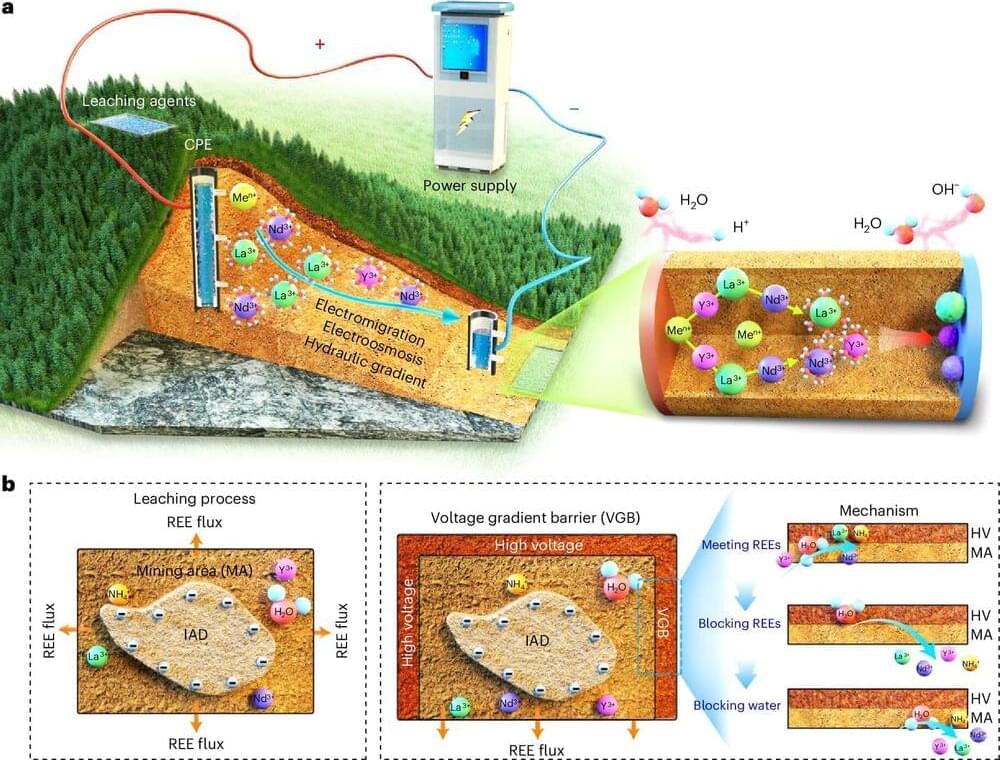Sky gazers will get a peek at what has been called a “parade of planets,” where this time around, up to seven planets may appear to line up.
Australia has made history with its very ambitious SunCable project, which promises to change the face of renewable energy around the globe. It entails the export of solar energy towards Singapore via a 4,300 km underwater cable, marking Australia’s transition to sustainable power from fossil fuels.
It is indeed very exciting development in renewable energy which is the SunCable project. At its heart is an intended most gigantic solar and battery park in the world, to be built near Tennant Creek in northern Australia, at an estimated cost of $35 billion.
This will supply green energy to Singapore, with the potential of contributing 6 GW towards 15% of its electricity needs, connected by the world’s longest underwater cable – a technological marvel six times the length of any existing cable.
🐤 Follow Me on Twitter https://twitter.com/TheAiGrid.
🌐 Checkout My website — https://theaigrid.com/
Links From Todays Video:
https://blog.samaltman.com/reflections.
00:00 — Why 2025 is crucial.
00:21 — AI Agents.
01:10 — Digital Employees.
02:20 — Klarna’s AI
03:39 — 11 Labs AI
05:00 — Workflow Agents.
06:08 — AI Deployment.
06:48 — Google’s 2026 Vision.
07:30 — Agent Reliability.
08:48 — Anthropic’s Agents.
09:44 — Current Benchmarks.
10:24 — GPT Improvements.
11:23 — Microsoft AI Teams.
12:01 — Sam Altman’s 2025 Vision.
12:31 — Superintelligence.
13:24 — OpenAI’s Tools.
14:00 — Upcoming AI Agent.
Welcome to my channel where i bring you the latest breakthroughs in AI. From deep learning to robotics, i cover it all. My videos offer valuable insights and perspectives that will expand your knowledge and understanding of this rapidly evolving field. Be sure to subscribe and stay updated on my latest videos.
Was there anything i missed?
(For Business Enquiries) [email protected].
Subtle activation of a small subset of neurons in one region of the brain can make male mice resilient to, and even reverse, the detrimental effects of chronic stress. The same is true for female mice, but in a totally different region of the brain.
Researchers at Penn State reported these findings in two studies published in the journal Molecular Psychiatry and said the results could help explain the efficacy, or lack thereof, of certain antidepressant drugs and inform the development of new drugs and therapies.
The team developed a protocol to continuously activate neurons that produce the signaling molecule somatostatin, which helps regulate several biological processes, in specific brain regions in mice. The researchers found that doing so in a region of the brain called the prelimbic cortex made male mice resilient to stress, but failed to do so in female mice.
The mention of gravity and quantum in the same sentence often elicits discomfort from theoretical physicists, yet the effects of gravity on quantum information systems cannot be ignored. In a recently announced collaboration between the University of Connecticut, Google Quantum AI, and the Nordic Institute for Theoretical Physics (NORDITA), researchers explored the interplay of these two domains, quantifying the nontrivial effects of gravity on transmon qubits.
Led by Alexander Balatsky of UConn’s Quantum Initiative, along with Google’s Pedram Roushan and NORDITA researchers Patrick Wong and Joris Schaltegger, the study focuses on the gravitational redshift. This phenomenon slightly detunes the energy levels of qubits based on their position in a gravitational field. While negligible for a single qubit, this effect becomes measurable when scaled.
While quantum computers can effectively be protected from electromagnetic radiation, barring any innovative antigravitic devices expansive enough to hold a quantum computer, quantum technology cannot at this point in time be shielded from the effects of gravity. The team demonstrated that gravitational interactions create a universal dephasing channel, disrupting the coherence required for quantum operations. However, these same interactions could also be used to develop highly sensitive gravitational sensors.
“Our research reveals that the same finely tuned qubits engineered to process information can serve as precise sensors—so sensitive, in fact, that future quantum chips may double as practical gravity sensors. This approach is opening a new frontier in quantum technology.”
To explore these effects, the researchers modeled the gravitational redshift’s impact on energy-level splitting in transmon qubits. Gravitational redshift, a phenomenon predicted by Einstein’s general theory of relativity, occurs when light or electromagnetic waves traveling away from a massive object lose energy and shift to longer wavelengths. This happens because gravity alters the flow of time, causing clocks closer to a massive object to tick more slowly than those farther away.
Historically, gravitational redshift has played a pivotal role in confirming general relativity and is critical to technologies like GPS, where precise timing accounts for gravitational differences between satellites and the Earth’s surface. In this study, the researchers applied the concept to transmon qubits, modeling how gravitational effects subtly shift their energy states depending on their height in a gravitational field.
Using computational simulations and theoretical models, the team was able to quantify these energy-level shifts. While the effects are negligible for individual qubits, they become significant when scaled to arrays of qubits positioned at varying heights on vertically aligned chips, such as Google’s Sycamore chip.
In a moment of chaos, a Tesla Model Y owner found salvation. His vehicle’s Bioweapon Defense Mode played a crucial role during the Palisades Fire.
The Palisades Fire has consumed over 5,000 acres. NBC News paints a bleak picture, with thousands fleeing their homes.
Tesla owner @JosefInvesting shared his story on social media platform X.
RNA is the molecule that reads the genetic information stored in DNA. It’s critical for the proper functioning of cells, and in a new study published in Nature Communications, University of California, Irvine scientists have discovered a way of tagging RNA with a glowing bioluminescent molecule that allows them to track RNA in real time as it moves throughout the body. The work promises to help scientists better understand everything from the way viruses propagate to how memories form in the brain.
Students with high confidence, enjoyment, and recognition of science’s value, combined with low perceived effort, achieved the highest science scores and aspirations.
A team of metallurgists and geochemists at Guangzhou Institute of Geochemistry, working with a mechanical engineer from the Chinese Academy of Sciences, has improved their previous electrokinetic mining technique by scaling it up to industrial levels. In their paper published in Nature Sustainability, the group describes the changes they made to their system, and the results of testing they conducted at a mine.
Modern technology is reliant on multiple rare earth elements —they are used in EVs, smartphones and computers, for example. Unfortunately, mining such elements is extremely environmentally unfriendly. Huge machines are used to dig dirt and rock from large mines, where it is mixed with water and a host of toxic chemicals in order to extract the desired elements.
The process produces thousands of metric tons of toxic waste. The team in China has been working for several years to develop a cleaner way to extract the elements. It involves generating an electric field underground that coaxes the desired elements closer together and concentrates them, making for a much easier and cleaner separation process.
Students from the Toms River School District in New Jersey will have the chance to connect with NASA astronauts Don Pettit and Butch Wilmore as they answer prerecorded science, technology, engineering, and mathematics (STEM) related questions from aboard the International Space Station.
Watch the 20-minute space-to-Earth call in collaboration with Science Friday at 10 a.m. EST on Tuesday, Jan. 14, on NASA+ and learn how to watch NASA content on various platforms, including social media.
Science Friday is a nonprofit dedicated to sharing science with the public through storytelling, educational programs, and connections with audiences. Middle school students will use their knowledge from the educational downlink to address environmental problems in their communities.









